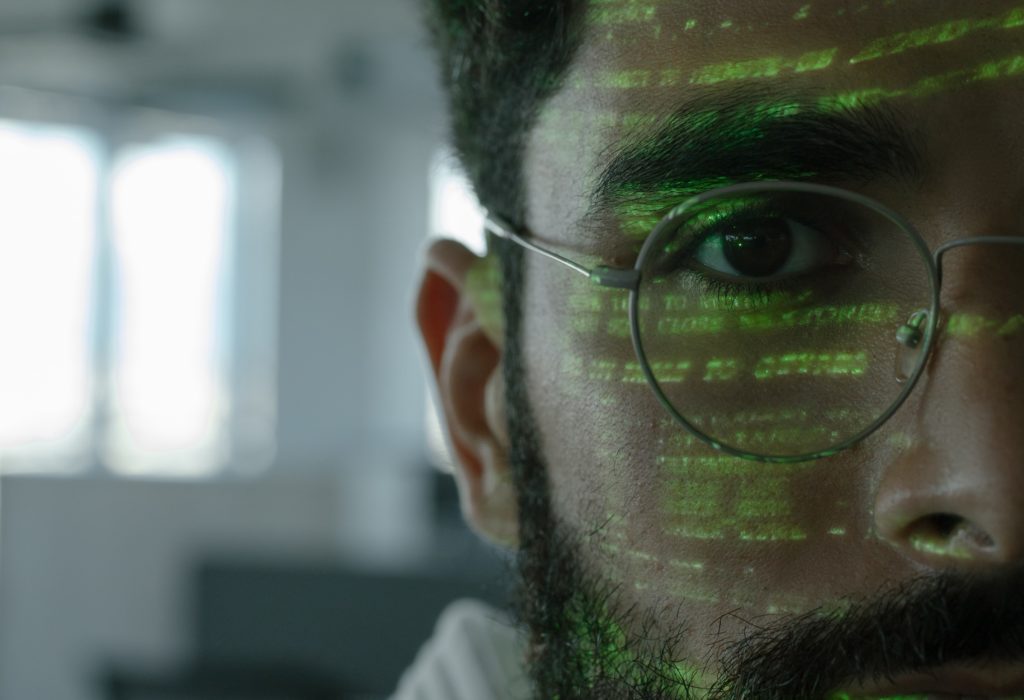
With cyberattacks surging in recent months, company leaders from the C-suite to the boardroom are urgently asking: How can we best defend ourselves?
While it may not be the first thing that comes to mind, an essential piece of any effective cybersecurity strategy must be IT risk compliance. In fact, compliance and security should be viewed as one and the same — a fully integrated facet of your business operations.
For some, compliance is treated as a nuisance, or just another box to check. However, this somewhat complacent approach is exactly what can leave the door open for today’s sophisticated and aggressive hackers.
And as the government begins working more closely with businesses to regulate and strengthen security — take, for example, the new Joint Cyber Defense Collaborative — reaching and maintaining compliance is more important than ever to protect your organization and mitigate risk.
Read more: Top Cyber Security Threats to Organizations
Build an Integrated Compliance and Security Program
In order for companies to truly reduce risk, they need to have a security and compliance program that operates as one. This means breaking down silos and communication barriers, as well as integrating processes to ensure no risk falls through the cracks.
Because the truth is, “passing” a compliance audit does not provide absolute assurance a company has strong security controls, and having security controls in place does not mean they are operating effectively.
Having security controls in place does not mean they are operating effectively.
Instead, when compliance and security teams work together, IT risk compliance should be a natural outcome of information security best practices.
In practice, a truly integrated approach starts with an internal risk assessment to understand your vulnerabilities across the enterprise. Once this is completed, your security team can put in place controls — such as multi-factor authentication, risk-based access controls, and encryption — to protect information assets.
Then your compliance team can validate that those controls are functioning as planned and satisfy regulatory and industry frameworks. This process repeats as continuous risk monitoring continues to expose new and emerging risks.
In effect, the alliance between security and compliance ensures that controls are working. In the event of an attack, the company can have full confidence in the resolution and mitigation of risk.
Read more: Why Is Risk Management Important?
Establish Automated Processes for Better Collaboration
To enable better collaboration across security and compliance teams, automated workflows are a must. Implementing modern cybersecurity measures and assessing the compliance of those measures across a complex set of frameworks can be a time-consuming, manual process.
Many teams are still managing IT and information security compliance with manual processes and spreadsheets.
Yet many teams are still managing IT and information security compliance with manual processes and spreadsheets, leaving themselves vulnerable to errors, gaps, and risks. For these teams, automation can be a gamechanger. Automation enables true interoperability, improves lines of communication, and empowers teams to work together more seamlessly across first, second, and third lines.
Automation can be especially powerful for smaller teams, as it frees up time and resources to solve important business problems, better forecast risk, and decrease risk profile — the things that truly promote security.
Read more: Best Threat Intelligence Platforms & Tools for 2021
Create a Culture That Prioritizes Compliance
Risk is never truly isolated. If a compliance or security vulnerability is exploited, it affects your entire organization. That’s why it’s so important to create an organization-wide culture of compliance — from the board and the C-suite to internal auditors and security professionals.
When compliance comes from within an organization, rather than being imposed on employees, it becomes more than following the rules and doing the same old thing. It’s truly a part of the fabric of your culture, with each employee participating in protecting the company from cyber incidents.
As a business leader, it’s your job to create and foster this culture at every level, educating employees about the importance of risk and compliance. You must provide them with a practical framework to identify, manage, and remediate risks.
At the end of the day, cyberattacks are going to happen. It’s up to your company to have a strong, integrated compliance and security program in place, so when attacks do occur, it’s in your power to minimize their harm.
Read next: VPNs, Zero Trust Network Access, and the Evolution of Secure Remote Work